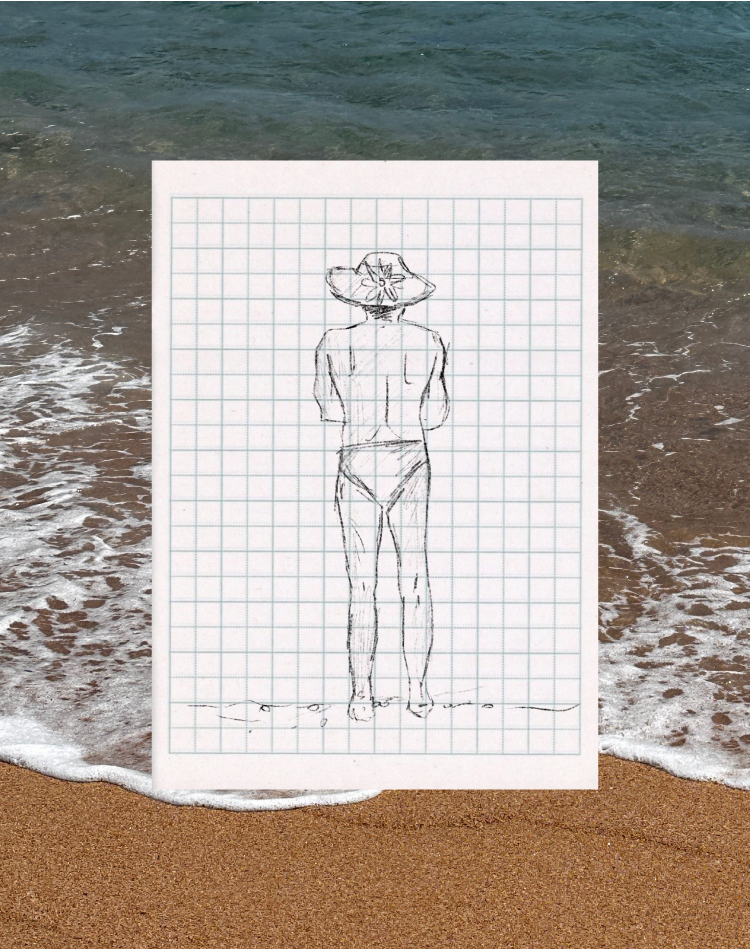Insights
Design in Motion: Between the Tangible and the Memorable
A Designer’s Travelogue
I spent this summer working from the road while traveling through Europe with my sister. Thanks to Selma Digital’s remote structure, I was able to combine productivity, creativity, and personal growth in an unforgettable way.
Throughout this journey, I’ve learned to strip away the material comforts that surround me daily, living with only the essentials—three outfits I washed regularly and my laptop. Yet, despite my minimalism, I found myself gravitating toward objects that could physically anchor me to the places I visited. I instinctively sought something tangible, a keepsake I could hold in my hands. It was as if the memories, the experiences, and even the photos weren’t enough. And perhaps they aren’t.
Why do we, as humans, seek to possess objects that carry the weight of memory? I believe it’s intrinsic to our nature. No matter how much we strive to live simply, there will always be a book we keep because it was a gift from someone special, a photo tucked into a wallet, a necklace with an initial, or a ring. Our connection to objects shapes how we experience and remember places and moments. They serve as bridges between what we’ve lived and what we’ve felt. By selecting and preserving certain items, we give our travels deeper meaning, turning them into visual narratives that expand our understanding of ourselves.
Why did a bus ticket catch my eye, and why do I now have it tucked away in a journal as if it were a framed photograph? The meaning of simple objects changes when they are imbued with special memories—especially for someone interacting with them for the first time, as often happens while traveling.
I kept stones, seashells, transport tickets, plane and train passes, café napkins, soda bottle caps I’d never seen before, chocolate wrappers, and even a box of gum. What might seem like trash to the locals in these places became souvenirs and sources of inspiration for the eyes of a stranger.
But it’s not just in objects where I see this search for identity—it’s everywhere in what makes up a city.
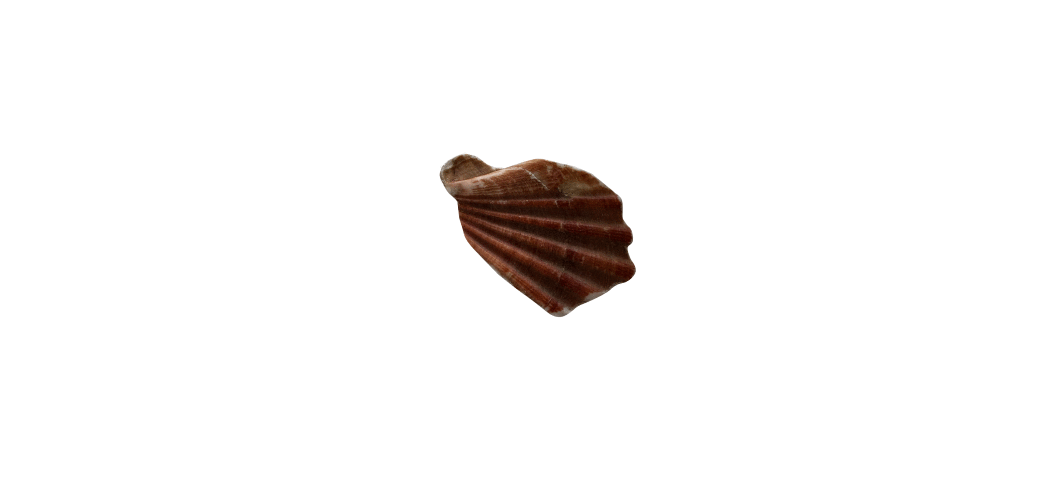
Waking up in a new place comes with a mix of curiosity and challenge. It’s not just about opening your eyes but facing a world where even the air seems to have an accent. Norberto Chaves, philosopher and architect, once said that cities, like people, hide their character in the details. I’ve learned that this character can be found in a tile, the color of a wall, or the design of a traffic light (my goodness, how wonderful to see such attention to detail, like adding wide-brimmed hats to the figures on traffic signals!)
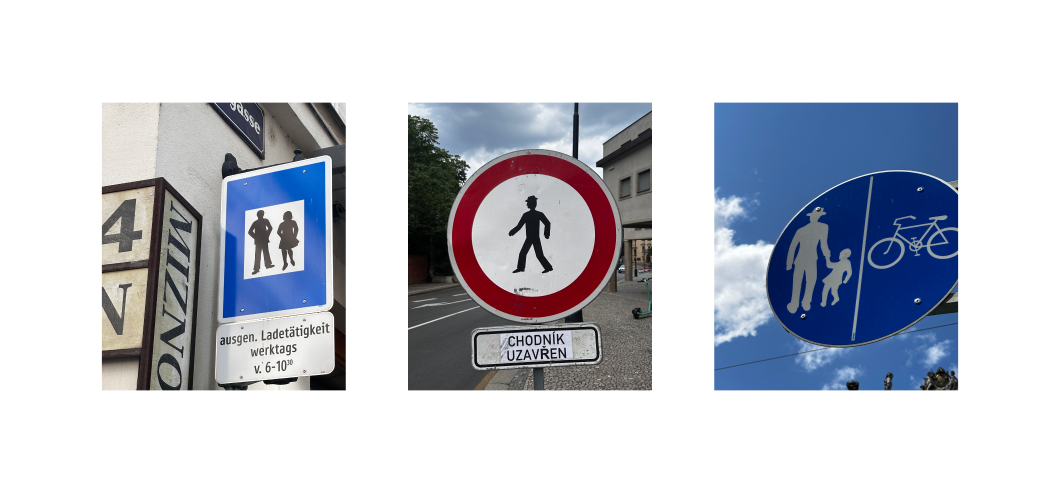
Traveling by motorhome or with a backpack, I wander through cities and cultures, observing their visual codes. As a designer, I can’t help but look for patterns around every corner. Design isn’t only found in monuments or museums; it lives on sidewalks, in supermarkets, and even in the rooftops.

The Dance of Borders
Europe is an endless dance between the old and the new, a stage where every border redefines the scenery: the air smells different, the walls take on new colors, and suddenly, you don’t recognize the words around you. The Andalusian aesthetic in southern Spain, for example, unfolds in an architectural order where the colors of the houses follow strict rules, and entire neighborhoods are outlined in whites and ochres. The patios, with their tiles, carry a distinctly Arab influence: ornate courtyards, arabesques, and palettes of terracotta and gold.
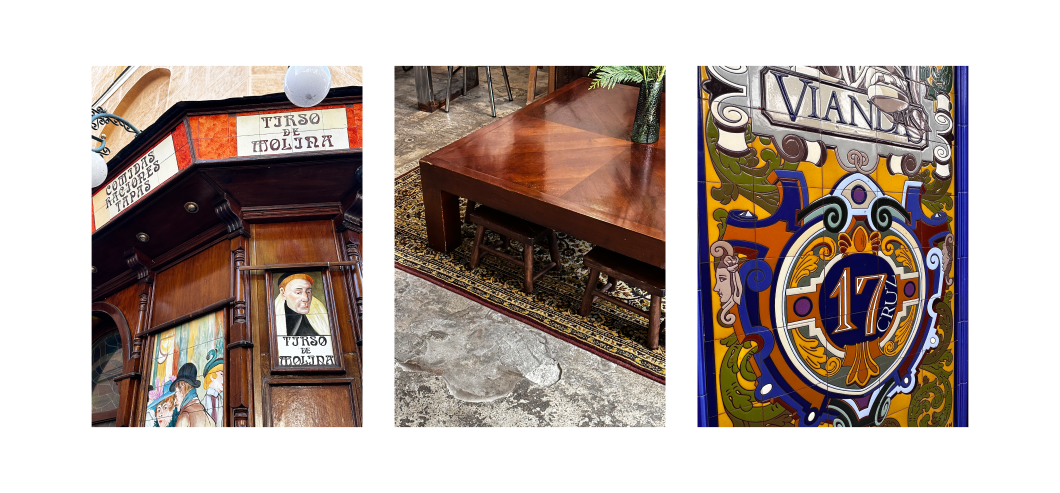
And then there’s Berlin. Berlin doesn’t whisper; it shouts—but with a monotone voice. The square, elevator-less buildings with their stripped-down yet colorful façades make it clear that this was once a divided place. Each one carries a number in a lit box, identical to its neighbor, reminding you that even in austerity, there is order, a secret logic.
In some houses, old signs still indicate pipe layouts, showcasing fascinating typography and design. It appears that here, there’s a shared appreciation for the beauty of things, even if they don’t have a specific use anymore.
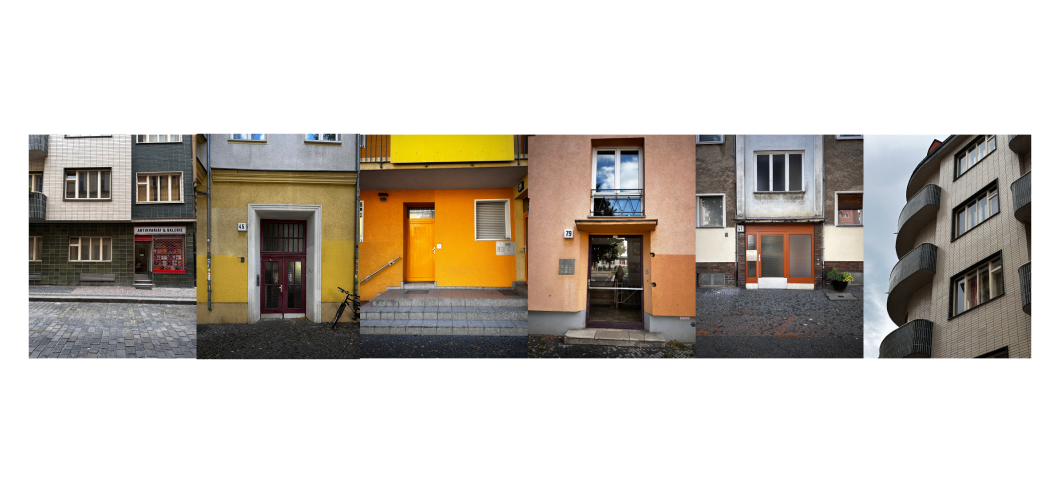
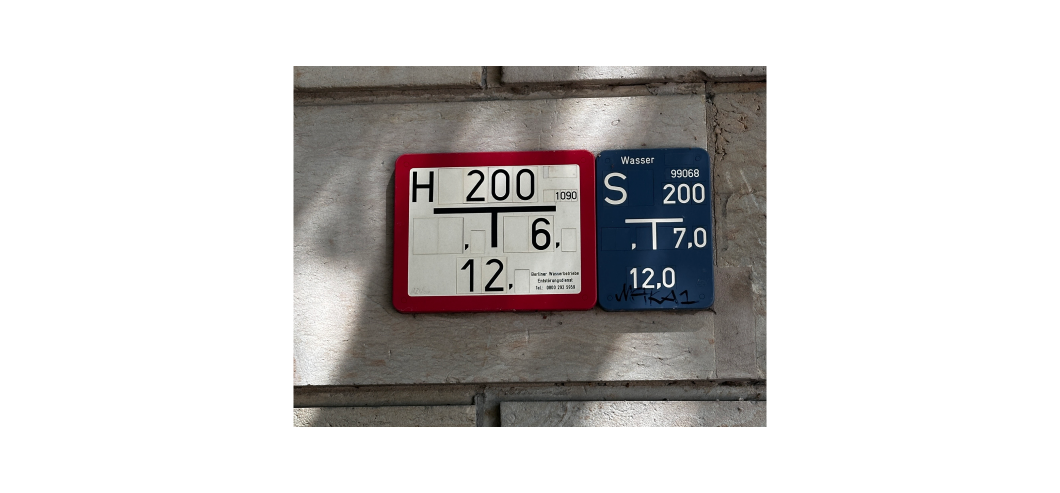
Everyday Designs
Eastern Europe is full of unique visual surprises. Family crests and heraldic motifs adorn houses. But it was in Croatia that I found the most delightful everyday creativity. There, the streets become showcases: products aren’t advertised on flat posters but rest inside glass boxes embedded in walls. Like modern relics, a bottle of soda or a bag of chips gains the solemnity of a museum artifact. You stop, look at them, and for a moment, everyday design transforms into art.
Even going to the supermarket becomes a tourist experience. As I traveled further east, I noticed how packaging became more sophisticated, almost like miniature pieces of design. There’s an artistic freedom that’s immediately evident. Coming from Argentina, where characters and mascots were recently banned on product packaging to avoid influencing consumers (especially children), it felt like a return to childhood. Every package was an invitation to play.
On those same streets, I witnessed something that stayed with me: a man comparing marble color samples against a wall, carefully selecting the perfect shade to restore it. A simple, almost ritualistic gesture that reminded me that design is also about caring for what already exists.

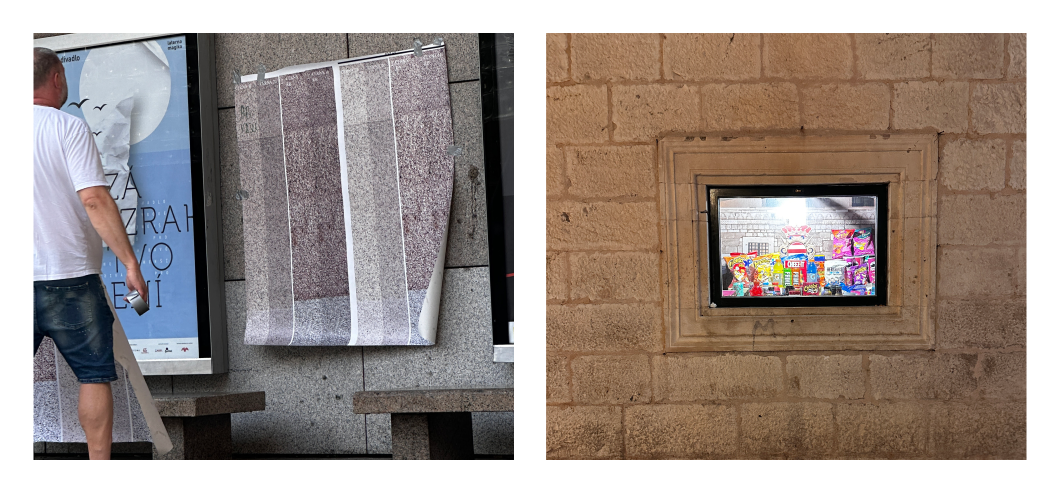
Fashion as an Act of Freedom
In the warm Mediterranean coasts or the bohemian streets of Berlin, fashion becomes an unspoken emblem of self-expression. I remember seeing a man in his seventies, wearing a speedo and a hat adorned with a flower, standing by the shore with his arms crossed, gazing at the sea. I quickly sketched it to capture that beautiful image before it slipped away from my memory. Here, fashion doesn’t follow rules; it invents them. It’s a quiet way of saying, “This is who I am, and I wear it proudly.”
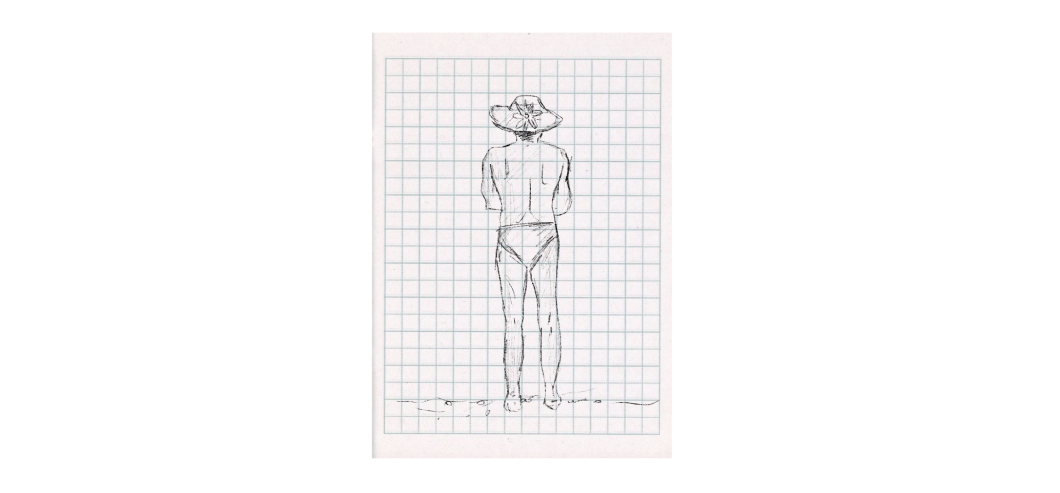
The Soul in Everyday Things
Moving from city to city allows you to notice these subtleties, the small pieces of design that locals see every day but that, to a foreign eye, are pure inspiration. With each border, you soak in a new identity. Every traffic light or piece of packaging tells a story, and as a designer, every step becomes an invaluable lesson on how everyday design shapes our perception of a place.
